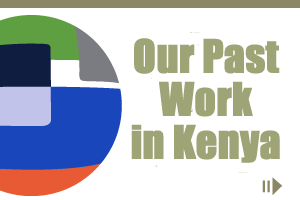By Ernest Waititu,Program Director, Health and Digital Media, Internews in Kenya.
When the president of the World Bank Jim Yong Kim spoke at AIDS 2012 on the first day of the conference on Sunday, he became the first head of the institution to address the International AIDS Conference.
“Let me describe how the World Bank is applying its distinctive strength to AIDS … the Bank supports countries with financing, but also with knowledge and analytical capacities that are often just as important,” he said in his presentation.
Financing projects and publishing new data about global developments have for years been pursuits of the global bank. But analyzing this knowledge, and making it accessible to ordinary citizens, has all the makings of a new chapter in the World Bank’s work. It also means that journalists will have access to critical data to inform their work, especially given talk for the first time about a possible cure for the virus.
The Executive Director of the UN’s Joint Programme on HIV/AIDS (UNAIDS), Michel Sidibé, however reminded participants in his opening address that some 34 million people still live with HIV globally. But echoing the general sense of optimism characterizing the 19th conference, he also said that at least 100,000 fewer babies are being born with HIV since last year and, and that the AIDS-related death toll in Africa has dropped from 1.8 million people in 2005 to 1.2 million today.
For this sense of hope – much of it expressed as numbers – to spread far beyond Washington DC to the 200 countries represented at this year’s conference, journalists will need to translate the data into compelling stories. Only then will the vast amounts of information and data shared during AIDS 2012 begin to make a difference in the lives of their audiences.
As Simon Rogers of the Guardian noted, data journalists act as the bridge between the data and the people out there in the real world who want to understand what the story is really about.




